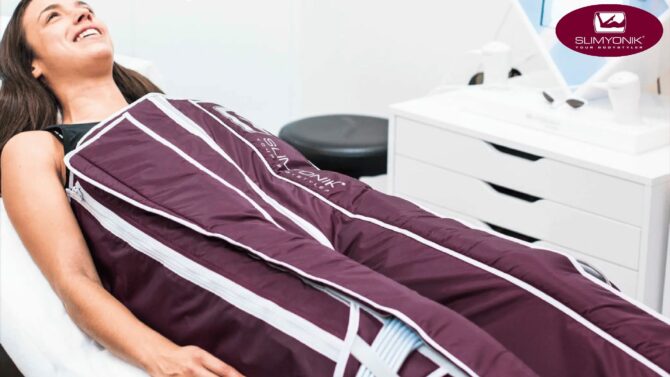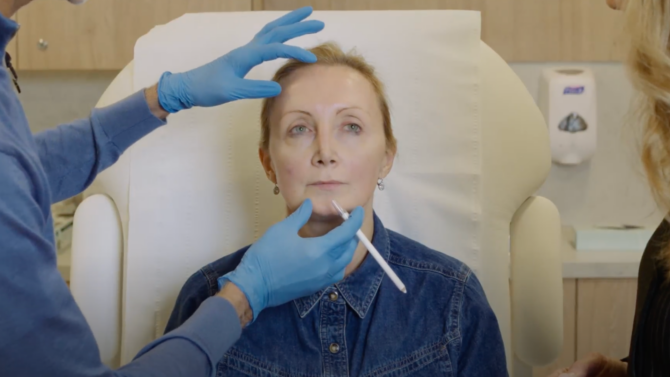Here at Tweakments HQ where we try at all times to be sensible, thoughtful and accurate in what we write for you, our excellent readers, about non-surgical cosmetic procedures, Georgia and I are constantly maddened by random falsehoods and idiocies that we see flung out across the internet and the media as statements of fact – when these statements are completely untrue.
Here are three of the latest, debunked, in case you are in any doubt as to whether there’s even a grain of truth in them.
Myth 1: ‘Acids are the new fillers’
Fact: they’re not. This was a headline for an article, so, ok, it’s going for the clickbait-option. And being a writer who has composed a few headlines over the years, I can guess that the idea behind this phrase is: ‘What’s the new things that is as popular as fillers? Acids!’
Why does it make me so cross? Well, stop and think about this for two seconds. What do injectable fillers do for the face? They replace volume where it’s needed, or add shape and contour to the features. Do acids – glycolic acid, salicylic acid, lactic acid – do this? No. They help with skin quality and clarity. So ‘acids are the new fillers’ is a ridiculous thing to say and if it makes even a small proportion of the people who read it think in some way that swabbing their faces with acids will sharpen their jawline, or plump their cheeks… that is very unhelpful.
Myth 2: Fillers ‘leave gaps in your skin’
Fact: In a nutshell: they don’t. If you don’t know about tweakments, I suppose it sounds logical, that if a blob of filler is injected into the cheeks, that when it breaks down and vanishes from the face*, it will leave a space – but a) the quantities of filler we’re talking about are tiny.
Most practitioners, whether they are using a lot of filler all over the face, or a little in a few specific places, inject in increments of 0.3ml. A teaspoon holds 5ml. So imagine a teaspoonful of filler, divided into 15 portions. Each is not very much. It’s certainly not enough to stretch the skin enough that its absence would leave a gap, because b) our facial tissues are remarkably stretchy. That filler is just adding a bit of support.
*hyaluronic acid fillers usually break down and disappear after 6-18 months, but if you saw my article about what an MRI of my face showed, you’ll know they don’t always do this.
Myth 3: ‘You can’t have toxin after 60’
Fact: Er, yes you can! As someone who is about to turn 60, am I afraid I’ll have to give up the tox? No. I know a great many practitioners who have patients in their seventies, eighties and even nineties who continue to find benefits from subtle, appropriate wrinkle-relaxing injections. I’m struggling to think of the rationale behind this myth. Whatever that might be, it’s not true.
The Tweakments Guide Takeaway
There's a lot of rubbish talked about tweakments as if it was gospel truth. Here at The Tweakments Guide we're really keen to help you understand the facts about cosmetic procedures and products, what they can do and what they can't. Apply calm rational judgement to any startling statements you see about tweakments. Are acids 'the new fillers'? Do fillers 'leave gaps in your skin'? And do you have to give up wrinkle-relaxing toxins at 60? No, no and no again!
Join Our Mailing List
This is the best way to stay in the loop with our latest news and updates, including industry titbits and tailored offers.
Related Stories

Body contouring
Would You Try This Inflatable Suit To Tone Your Body?
We’ve always been told that lying back and relaxing won’t do a thing to transform our bodies...

Concerns
The Tweakment Ladder: How To Take Your First Steps In Tweaks
Given the huge number of tweakments available, it’s increasingly hard to work out where you should...

Tweakments
Less Is More – How To ‘Press Pause’ On Ageing With Natural-Looking Filler
Can we really ‘press pause on ageing’ using dermal filler? Alice visited globally-renowned...

Tweakments
Three Free Tweaks
After my recent story about The £1000 face, I thought I’d better tone it down a bit and write...







 The Tweakments Chatbot
The Tweakments Chatbot